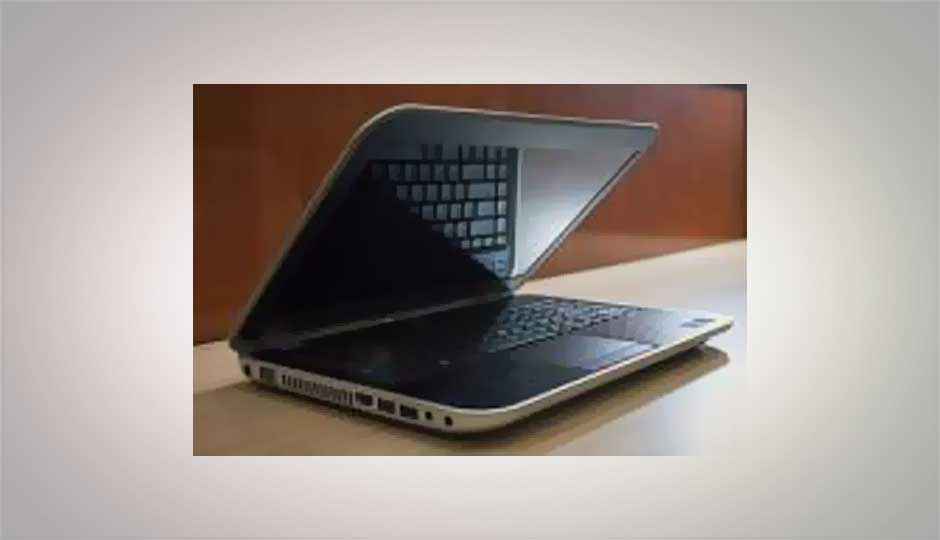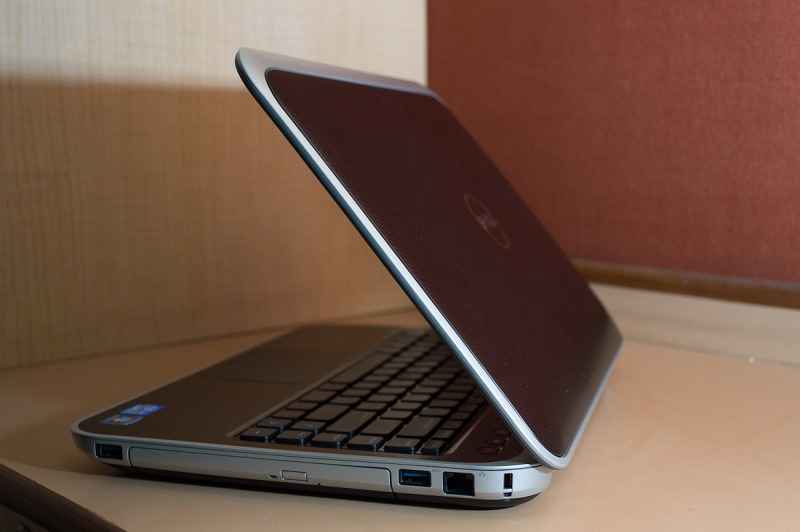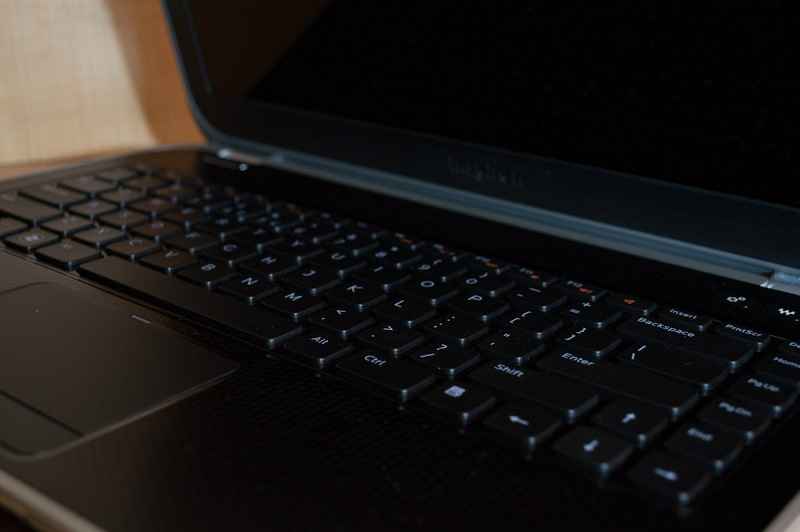Dell Inspiron 14R Special Edition: The Second Week

There goes yet another week spent with the Dell Inspiron 14R Special Edition. This time around, we’ve got to know it better – used it like anyone uses a primary laptop, and the results were impressive.
 Survey
SurveyLet us run you through the specs for a bit here, and give you an idea of what makes this laptop so good. From the outset, the Intel Core i7 – 3612QM processor clocking at 2.10 GHz holds it in good stead. The turbo boost mode takes it up to 3.1GHz. The review unit that we received came with 6GB of RAM. The Inspiron 14R SE is available in three versions – 4GB, 6GB and 8GB of RAM. Incidentally, it is the mid-range model that comes with 8GB of RAM and a Core i5 processor, while the higher end version gets 6GB! As expected, the entry-level version gets 4GB of RAM. But it is with the other two that seems a tad confusing. Ideally, both should get 8GB of RAM and that should be the end of it!
These machines are pretty capable in terms of handling some games as well. The review unit has a GeForce GT640M (2GB), and handles games without any issues. I am not much of a gamer, but I do have a bit of a fascination with racing games. The old favourite, GRID played back without any issues at all, and we didn’t see any drop in frame rates. The critical bit with racing games is the smoothness of the very fast scenes, and they were very smooth. To verify, we also played the slightly newer NFS: Hot Pursuit (read our review), and the results were very impressive. For all you gamers out there, this laptop will serve that purpose for the most part. However, do update the graphics drivers in the very beginning itself, because we did see quite a difference in the benchmark scores before and after the new drivers were installed. While you may not really see any difference in real time usage, updates might bring in some tweaks to make the hardware run better – safer in the longer run, surely!
It is a bit unfortunate that the Inspiron 14R Special Edition’s display doesn’t have the goodness of the 1080p resolution, it is limited to 1366 x 768 pixels on the 14-inch display. The bigger sibling –the Inspiron 17R Special Edition gets a full HD display, and surprisingly, even the Inspiron 15R Special Edition doesn’t! Nevertheless, we really like the overall display quality. Straightaway, this display is natively bright, which is a solid base to start on. Surprisingly, the black levels are better than what we expected, and are probably better than what most rivals offer. Colour vividness is also definitely better than most of the rivals. Crispness is in adequate amounts. The real kicker is the ability to handle fast moving visuals with ease – something that is critical for movie playback as well as for gaming. Unfortunately, the reflective nature of this display does take away some of the good work done elsewhere. Sitting at home, or in office, there will be continuous reflections off the display, of anything and everything in your surroundings. More than anything, this causes eyestrain when working on it for long durations.
Despite being limited in terms of real estate because of a 14-inch display, the keyboard layout is quite comfortable to get used to. The spacing between the keys is more than expected, also helped by the fact that the keys are slightly smaller than usual. But let us make it plainly clear – it will not make any difference when you are typing a document. There are no dips in the keyboard, and not even the most violent of typing on it will make it rattle. The touchpad also has generous amounts of space, despite separate keys for the right and left click.
Ports are spread out on the right and the left of the display – Dell did not dabble with the idea of placing them at the back. The memory card shifts to the front, near the side spine, something we notice is becoming a bit of a trend.
 |
 |
Despite this much power, we do get around 3 hours of battery backup in a typical daily usage pattern, with the display brightness at 60% (more than adequate), with Wi-Fi connected throughout but no USB devices connected. Not bad, keeping in mind the powerful hardware that the battery is keeping alive!
Unfortunately, all this does come with a bit of weight, and bulk! At 2.38kg, this isn’t any heavier than Sony Vaio E-series or the Toshiba L850, but the fact that it is thicker than any rival laptop means it does have a more imposing look.
Next week, we take a look at how this laptop compares to some rivals in terms of benchmark performance. Do expect a lot of comparison graphs heading your way!
